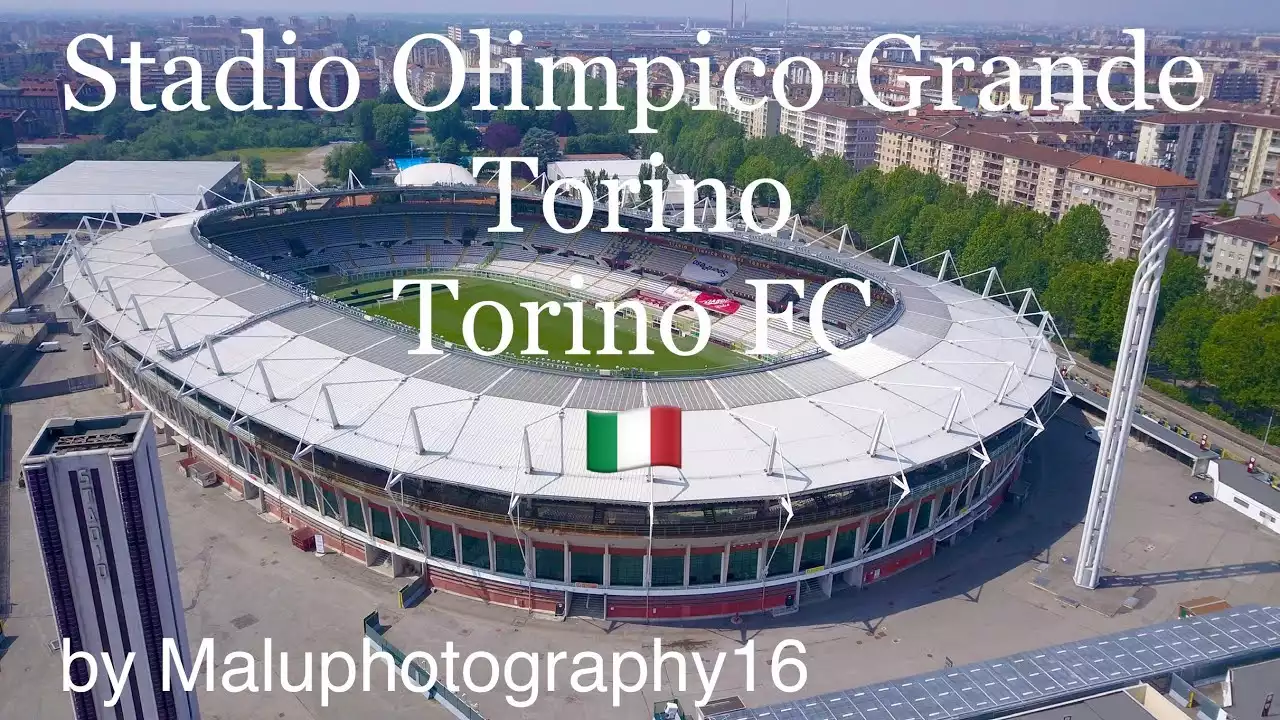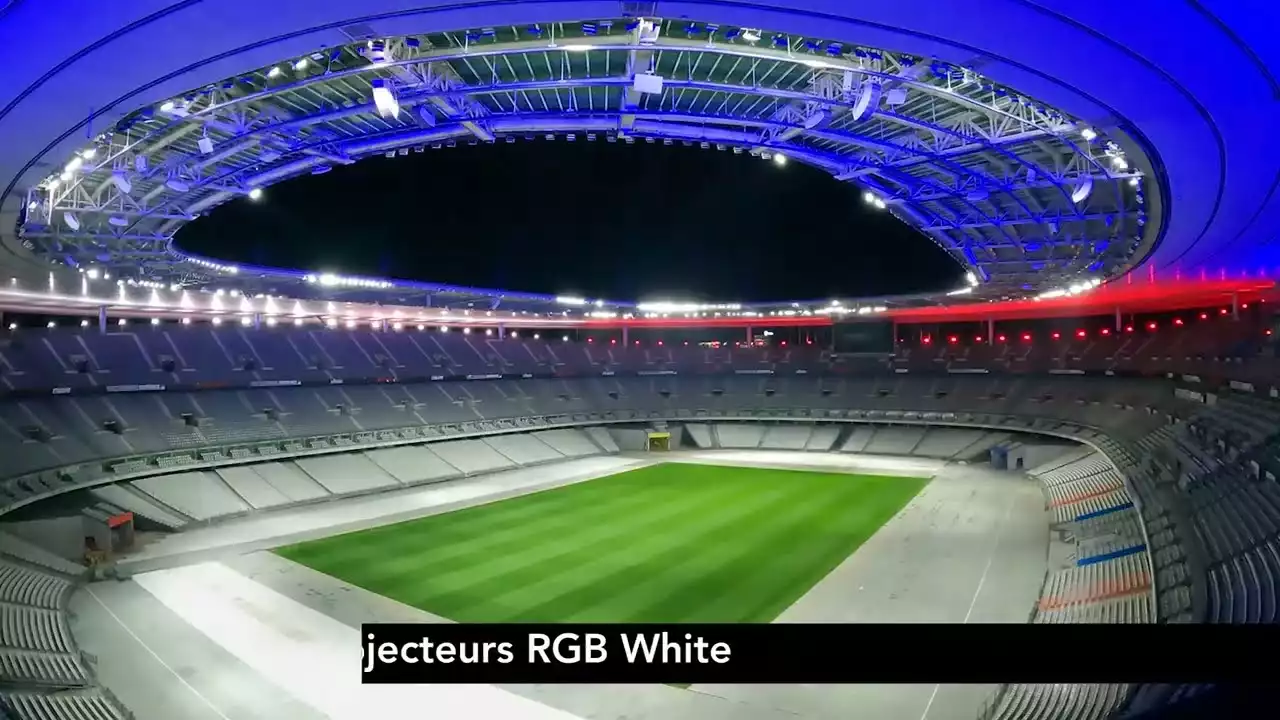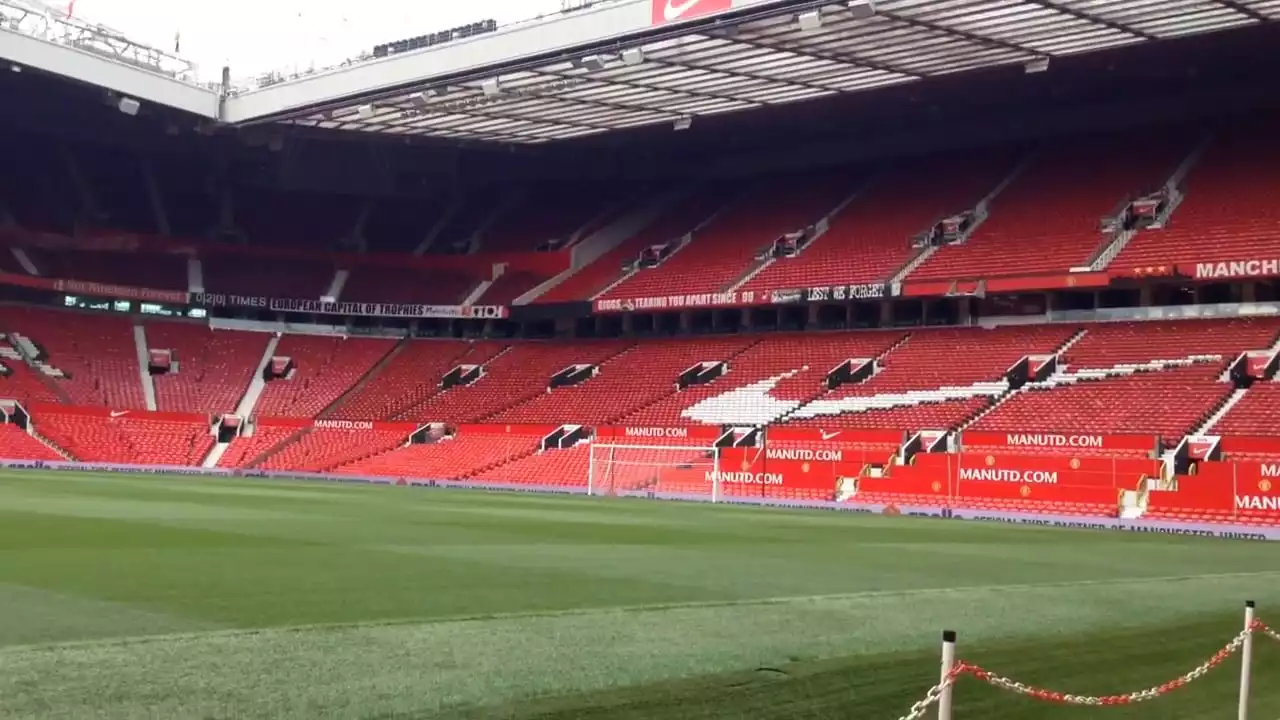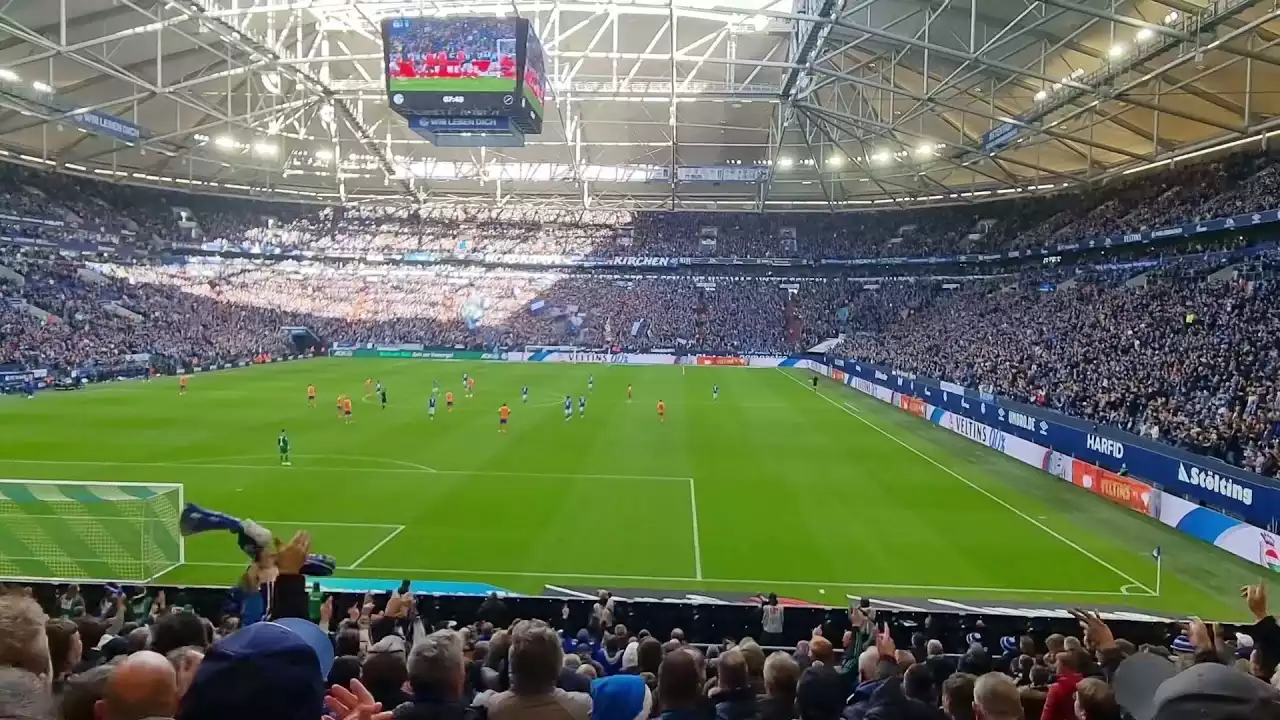The Significance of Stadium Choice for Europa League Matches
Stadium choice plays a crucial role in the success of any football match, and the Europa League is no exception. While big stadiums provide a sense of grandeur and can accommodate larger crowds, smaller venues offer a more intimate experience for both players and fans. The choice of a stadium can impact the atmosphere, intensity, and overall feel of the game. In the Europa League, where smaller clubs often participate, the selection of a suitable stadium becomes even more important. These lesser-known stadiums may lack the capacity and modern amenities of their larger counterparts, but they make up for it in their unique features and the passion of their fans. The UEFA Europa League recognizes the value of these smaller stadiums in creating a captivating football experience, ensuring that the underdog teams and their dedicated supporters have a chance to shine on the European stage.
5 Lesser-Known Europa League Stadiums and Their Unique Features
1. Stadion Miejski, Gdansk, Poland:
Located in the historic city of Gdansk, Stadion Miejski is a hidden gem that exudes charm and history. With a seating capacity of just over 41,000, the stadium may not be the largest, but its picturesque location alongside the Baltic Sea makes it a truly enchanting venue. The stadium's unique feature is its retractable roof, allowing matches to take place in any weather conditions. The atmosphere inside the stadium is electric, with passionate fans filling the stands and creating an unforgettable experience for both players and spectators.
2. Estadio Municipal de Braga, Braga, Portugal:
Nestled amidst lush green mountains, the Estadio Municipal de Braga offers a breathtaking backdrop for Europa League matches. With a seating capacity of around 30,000, the stadium may be small in size, but it makes up for it with its architectural beauty. The stadium is carved into the side of a quarry, giving it a unique and visually stunning appearance. The steep stands create an intimate atmosphere, ensuring that fans are close to the action on the field. The Estadio Municipal de Braga is a testament to the fact that big games can be played in the most unexpected places.
Estádio Municipal de Braga, um dos mais diferentes e bonitos do mundo
3. Stadio Olimpico Grande Torino, Turin, Italy:
Despite its name, the Stadio Olimpico Grande Torino is far from being one of the biggest stadiums in Italy. With a seating capacity of around 27,000, it may not be able to accommodate massive crowds, but it offers a truly authentic football experience. The stadium is the home ground of Torino FC, and its rich history and tradition make it a favorite among fans. The passionate support of the Torino faithful creates an intense and vibrant atmosphere that adds to the magic of Europa League nights.
4. Stade Maurice Dufrasne, Liege, Belgium:
Situated in the city of Liege, Stade Maurice Dufrasne, also known as "Sclessin," is a stadium that oozes character. With a seating capacity of approximately 30,000, the stadium may not be the largest, but it has a reputation for its passionate and vocal supporters. The stands are close to the pitch, creating an electric atmosphere that can intimidate even the toughest of opponents. The unique feature of this stadium is its terraced stands, reminiscent of the traditional football grounds of the past. Stade Maurice Dufrasne is a true footballing cauldron that showcases the essence of the Europa League.
5. Estadio Jose Alvalade, Lisbon, Portugal:
Home to Sporting Lisbon, the Estadio Jose Alvalade is a hidden gem in the heart of the Portuguese capital. With a seating capacity of around 50,000, it is one of the larger stadiums on this list, but it still qualifies as a smaller venue compared to the giants of European football. The stadium's unique feature is its iconic elliptical design, which provides excellent sightlines for fans and creates an intimate atmosphere despite its size. The Estadio Jose Alvalade has witnessed many memorable Europa League matches, with the passionate Sporting Lisbon supporters providing an unforgettable backdrop.
Estádio José Alvalade - Sporting Lisbon
Stadium Capacity and Fan Experience in Lesser-Known Europa League Stadiums
The smaller capacity of these lesser-known Europa League stadiums often results in a more intimate and engaging fan experience. With fewer seats available, fans are closer to the action on the field, allowing for a more immersive and personal connection with the game. The proximity to the pitch creates a sense of intensity and excitement, making every goal, tackle, and save feel even more significant. The smaller stadiums also tend to have more passionate and dedicated supporters who create a vibrant and electric atmosphere. The fans' chants, songs, and celebrations reverberate through the stands, creating an incredible ambiance that adds to the overall spectacle of the match. While larger stadiums may offer a more visually impressive experience, the smaller venues provide an unmatched level of intimacy and connection between the players and the fans.
The Impact of Smaller Stadiums on the Atmosphere and Intensity of Matches
When it comes to the Europa League, the impact of smaller stadiums on the atmosphere and intensity of matches cannot be overstated. The limited capacity means that every seat is filled with passionate supporters, resulting in an atmosphere that is often described as electric and spine-tingling. The close proximity of fans to the pitch creates an intense and intimidating environment for visiting teams, making it a challenging experience for them. The smaller stadiums also tend to have steeper stands, which amplifies the noise and creates a wall of sound that engulfs the players. These factors combine to create an atmosphere that is unique to the Europa League, where passion and dedication take center stage, and underdog teams have a fighting chance against their more illustrious opponents.
Famous Moments and Upsets in Lesser-Known Europa League Stadiums
The lesser-known Europa League stadiums have witnessed their fair share of famous moments and upsets. These venues have provided the stage for underdog teams to defy the odds and create memorable upsets against more established clubs. From last-minute goals that send the home crowd into a frenzy to underdogs overcoming seemingly insurmountable deficits, these stadiums have seen it all. The passionate fans in these stadiums play a significant role in fueling these moments, with their unwavering support pushing their teams to achieve the extraordinary. The smaller stadiums may lack the glitz and glamour of their larger counterparts, but they have proven time and again that they can provide the backdrop for footballing fairy tales to unfold.
The Role of Smaller Clubs in Hosting Europa League Matches
The Europa League provides an opportunity for smaller clubs to showcase their talents and compete against some of the biggest names in European football. Hosting Europa League matches in smaller stadiums allows these clubs to create an atmosphere that is unique to their fans and their communities. The role of smaller clubs in hosting these matches goes beyond the footballing aspect; it becomes a source of pride and identity for the local supporters. The smaller stadiums serve as a symbol of the club's history and tradition, providing a sense of belonging and creating a strong bond between the team and its fans. These clubs may lack the financial resources and global recognition of their bigger counterparts, but they make up for it with their passion and dedication, which is reflected in the intimate and captivating atmosphere of their stadiums.
Traveling to and Experiencing Matches in Lesser-Known Europa League Stadiums
For football enthusiasts, traveling to experience matches in lesser-known Europa League stadiums is a thrilling adventure. These hidden gems offer a chance to explore new cities, soak in the local culture, and witness football in its purest form. The smaller stadiums provide a more accessible and affordable experience compared to the larger venues, making it possible for fans to attend matches without breaking the bank. The close proximity to the pitch allows for an up-close and personal view of the action, creating a sense of immersion that is hard to replicate in larger stadiums. The passionate and welcoming atmosphere in these stadiums adds an extra layer of excitement, making every moment of the match truly memorable. Traveling to these lesser-known Europa League stadiums is not just about the football; it's about creating lifelong memories and forging connections with fellow fans from around the world.
The Future of Lesser-Known Europa League Stadiums
As the footballing landscape continues to evolve, the future of lesser-known Europa League stadiums remains bright. These venues offer a unique and authentic football experience that cannot be replicated in larger stadiums. The intimate atmosphere and passionate fans create a sense of community and belonging that is cherished by both players and supporters. While there may be a trend towards larger and more modern stadiums, the charm and character of these smaller venues will always have a place in the hearts of football fans. The UEFA Europa League recognizes the value of these stadiums and continues to promote the importance of inclusivity and diversity in European football. As long as there are underdog teams, passionate supporters, and a love for the game, the smaller stadiums will continue to provide a stage for the biggest games in the Europa League.









